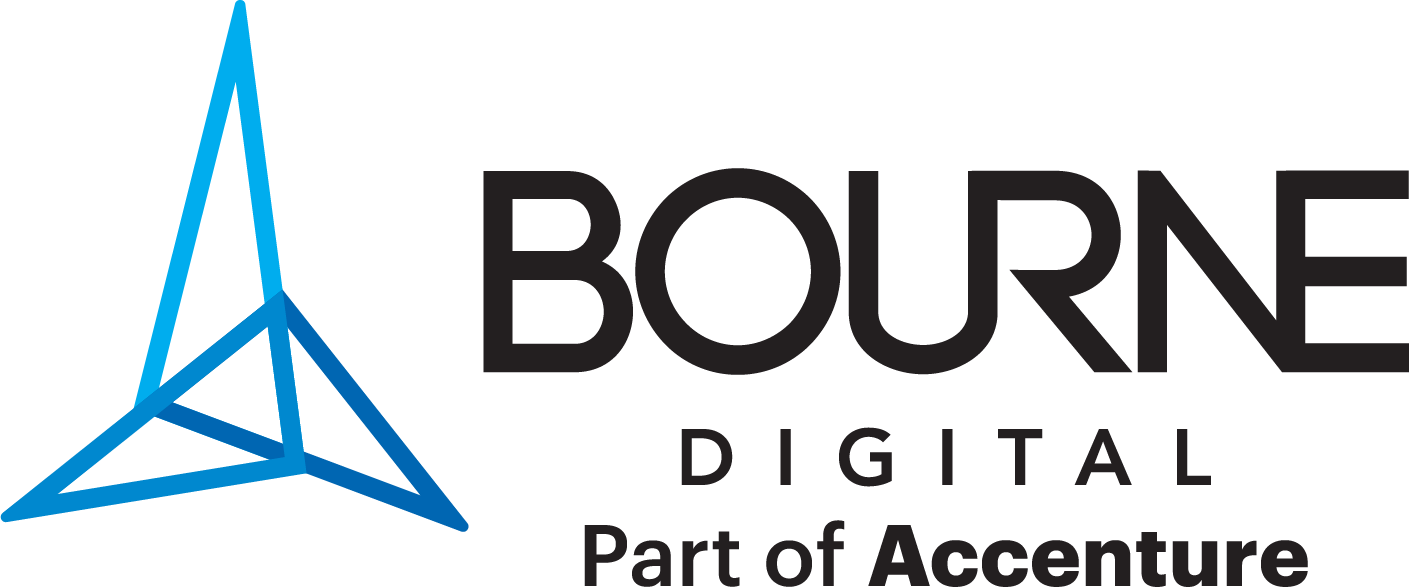
The world of computing has been rapidly evolving over the last decade, and one of the most significant changes has been the rise of cloud computing. The cloud has transformed the way businesses operate by providing flexible, scalable, and cost-effective computing resources. Despite the benefits of the cloud, many businesses are still reluctant to make the move from traditional on-premise computing to the cloud. In this blog post, we will explore why you should make the move from on-premise to the cloud.
What is On-Premise Computing?
On-premise computing, also known as in-house or on-site computing, is the traditional model of computing where companies own and manage their own hardware, software, and networking infrastructure. In this model, all the computing resources are located on the company’s premise, and all maintenance and upgrades are handled by the company’s IT staff.
What is Cloud Computing?
Cloud computing is a model of computing where companies access computing resources such as servers, storage, and software applications over the internet. In the cloud model, the computing resources are provided and managed by a third-party provider, and businesses pay for the resources they use on a subscription basis.
5 Compelling Reasons to Switch from On-Premise to Cloud Computing
Scalability
One of the biggest advantages of the cloud is its ability to scale up or down based on the needs of the business. In an on-premise computing environment, businesses need to purchase and maintain hardware and software that can handle peak demand. This means that companies often end up over-provisioning resources, which leads to wastage and unnecessary costs. With the cloud, businesses can quickly and easily scale up or down as needed, ensuring that they only pay for the resources they need.
Cost Savings
Cloud computing can be much more cost-effective than on-premise computing. In the on-premise model, businesses need to purchase and maintain hardware, software, and networking infrastructure, which can be expensive. In addition, businesses need to hire and train IT staff to manage and maintain the infrastructure. With cloud computing, businesses only pay for the resources they use, and the third-party provider manages the hardware, software, and networking infrastructure. This means that businesses can reduce their upfront capital expenditure and ongoing operating costs.
Security
Cloud computing providers have made significant investments in security to protect their customers’ data. Cloud providers offer a range of security measures, including firewalls, intrusion detection, and prevention systems, data encryption, and identity and access management. In addition, cloud providers are subject to rigorous security audits and compliance requirements, ensuring that they meet the highest standards of security. By moving to the cloud, businesses can benefit from the advanced security measures provided by the cloud provider and reduce the risk of security breaches.
Disaster Recovery
Disaster recovery is a critical aspect of IT infrastructure management. In the on-premise model, businesses need to invest in redundant hardware, software, and networking infrastructure to ensure that they can recover from a disaster. This can be expensive and time-consuming. In the cloud model, disaster recovery is built-in, and the cloud provider manages the process. Cloud providers have multiple data centres located in different geographic regions, ensuring that businesses can quickly recover from a disaster and minimize downtime.
Flexibility
Cloud computing offers businesses greater flexibility in terms of where and how they work. Cloud computing allows employees to access data and applications from anywhere with an internet connection, enabling remote work and collaboration. This flexibility can be particularly valuable in situations where employees need to work from home or in different locations. In addition, the cloud allows businesses to easily integrate new applications and services into their infrastructure, enabling them to innovate and adapt quickly to changing business requirements.
In conclusion, businesses that make the move from on-premise to the cloud can benefit from scalability, cost savings, advanced security measures, built-in disaster recovery, and greater flexibility. Cloud computing provides businesses with the opportunity to focus on their core business functions rather than managing IT infrastructure, and it enables them to innovate and adapt quickly to changing business requirements. With the cloud, a business can access the latest technology and resources without having to make significant upfront investments. Therefore, it is high time for businesses to evaluate the potential benefits of cloud computing and consider making the move from on-premise to the cloud.
